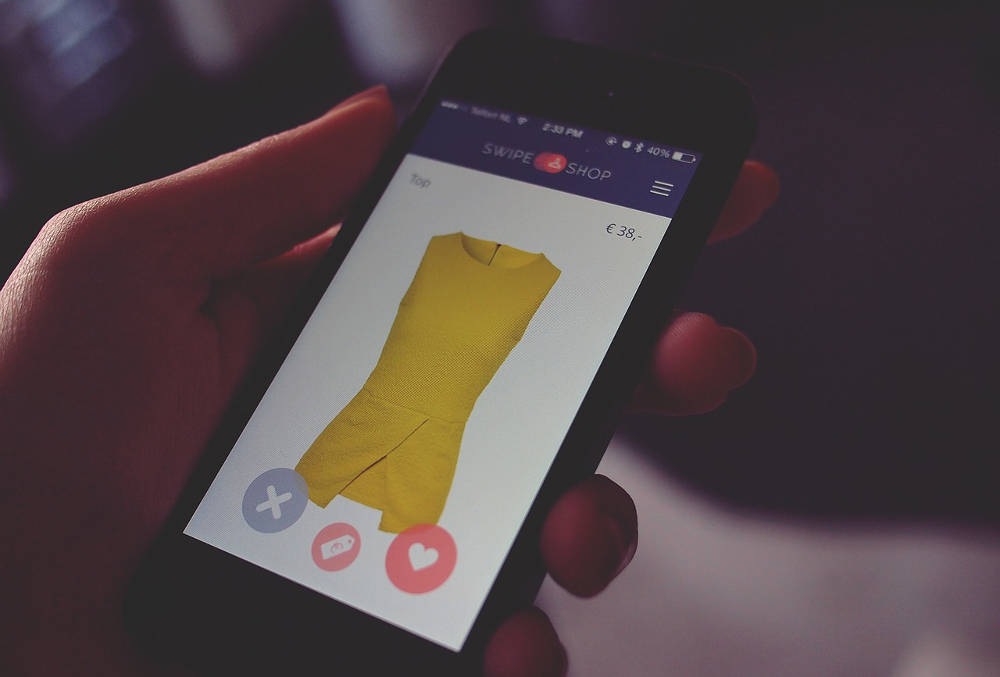[Photograph by StockSnap under Creative Commons]
Just when we thought everyone was bored to death discussing Myntra's app-only strategy (the online fashion retailer closed its doors on web users, making its wares available only through its mobile app since May 15), a new round of debate kicked off recently. The trigger was a piece written by Alok Kejriwal in The Economic Times, which suggested that one of the real reasons Myntra shut down its website was to reduce sales in order to limit its losses. Sachin Bansal, CEO of Flipkart, which bought Myntra for about $300 million last year, was obviously not pleased, and made his displeasure known through a tweet.
That one decision around one sales channel of one e-commerce firm should give rise to so much discussion - often by people who have never even bought anything from Myntra - says something about the broadening reach of online retail. And thus most discussions around how it will impact users. Will users be better served with just an app, or an app and a website? The answer seems blindingly obvious. Having a choice is always better. So, why did Myntra do what it did?
The first six slides look at some of the popular arguments and their weaknesses, and the following ones present a few more reasons to consider. Do you think they explain Myntra’s strategy better? Let us know why, or why not.

